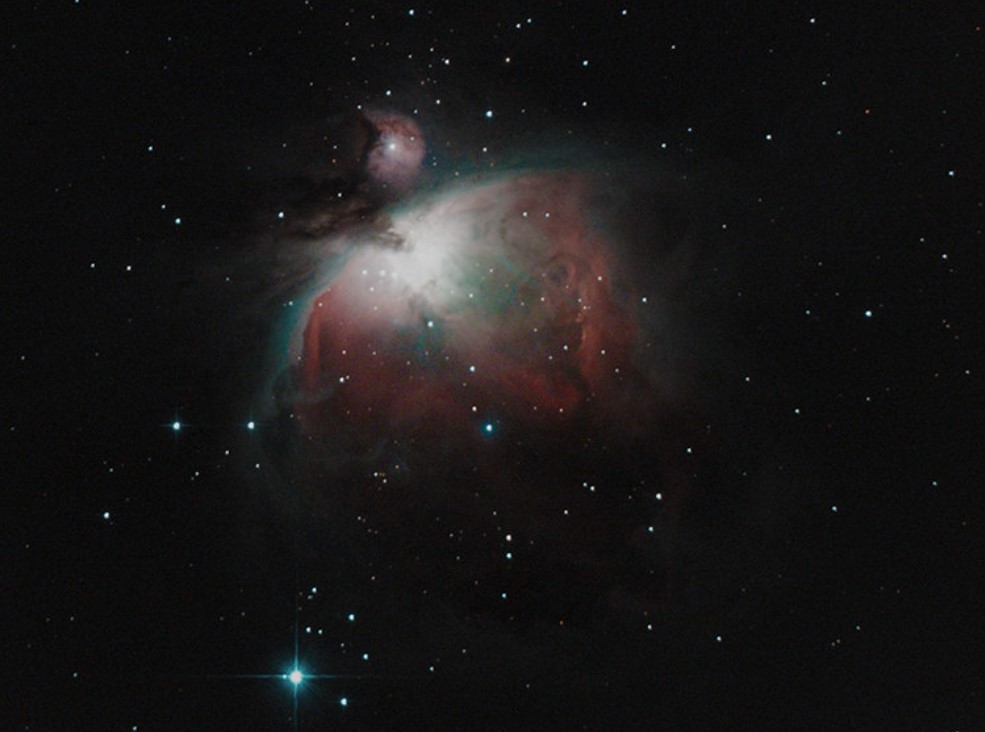An Accessible Approach to Night Sky Imaging
Webcam astronomy has gained popularity among amateur astronomers due to its accessibility and relatively low cost. By using a simple webcam attached to a telescope, enthusiasts can capture stunning images of celestial objects. This method has democratized astrophotography, making it possible for more people to explore and document the night sky. Here, we explore the essentials of webcam astronomy, its advantages and disadvantages, and how it compares to traditional astrophotography using digital and dedicated cameras.

What is Webcam Astronomy?
Webcam astronomy involves using a standard webcam, often modified, to capture images and videos of astronomical objects. The webcam is typically connected to a computer, allowing for real-time viewing and recording. With appropriate software, the captured frames can be stacked and processed to produce clear and detailed images.
Advantages of Webcam Astronomy
- Cost-Effective: Webcams are significantly cheaper than dedicated astrophotography cameras, making this hobby accessible to a wider audience.
- Ease of Use: Setting up a webcam with a telescope is straightforward, often requiring minimal additional equipment.
- Real-Time Viewing: The ability to view celestial objects in real-time can be more engaging and educational, especially for beginners.
- Portability: Webcams are lightweight and compact, making them easy to transport and set up in various locations.
Disadvantages of Webcam Astronomy
- Image Quality: Webcams generally have lower resolution and sensitivity compared to dedicated astrophotography cameras, resulting in less detailed images.
- Limited Exposure Control: Most webcams lack the ability to take long exposures, which are essential for capturing faint objects such as distant galaxies and nebulae.
- Modifications Required: Many webcams need to be modified for optimal use in astronomy, which can be a technical barrier for some users.
Traditional Astrophotography with Digital Cameras
Digital cameras, including DSLRs and mirrorless cameras, are widely used in traditional astrophotography. These cameras offer high resolution, manual controls, and interchangeable lenses, providing flexibility and superior image quality.
Advantages of Digital Cameras
- High Resolution: Digital cameras offer high-resolution sensors, capturing fine details of celestial objects.
- Versatility: They can be used for a variety of photography applications beyond astronomy.
- Long Exposure Capability: Digital cameras can take long exposures, essential for capturing faint astronomical objects.
- Ease of Use: Modern digital cameras come with intuitive interfaces and built-in features that simplify astrophotography.
Disadvantages of Digital Cameras
- Cost: High-quality digital cameras can be expensive, especially when considering additional lenses and accessories.
- Bulkiness: They are generally larger and heavier than webcams, which can be a drawback for portability.
Dedicated Astrophotography Cameras
Dedicated astrophotography cameras, such as CCD and CMOS cameras, are designed specifically for capturing astronomical images. These cameras offer the highest image quality and advanced features tailored for astrophotography.
Advantages of Dedicated Cameras
- Superior Image Quality: These cameras have high sensitivity, low noise, and excellent resolution, producing the best possible images of celestial objects.
- Advanced Features: Features like cooling systems, high dynamic range, and precise exposure control are standard in dedicated astrophotography cameras.
- Customization: They can be customized with various filters and accessories to enhance image capture.
Disadvantages of Dedicated Cameras
- High Cost: These cameras are the most expensive option, often costing thousands of dollars.
- Complexity: They require more technical knowledge to operate and set up, which can be intimidating for beginners.
- Specialized Use: Unlike digital cameras, dedicated astrophotography cameras are not versatile and are primarily used for astronomy.
Comparison Summary
| Feature | Webcam Astronomy | Digital Cameras | Dedicated Astrophotography Cameras |
|---|
| Cost | Low | Moderate to High | High |
| Image Quality | Moderate | High | Superior |
| Ease of Use | High | Moderate | Low |
| Portability | High | Moderate | Low |
| Exposure Control | Limited | Excellent | Excellent |
| Versatility | Low | High | Low |
Webcam astronomy offers an excellent entry point for beginners due to its low cost and ease of use. While it does not match the image quality and advanced features of digital and dedicated astrophotography cameras, it provides a valuable learning experience and a way to engage with the night sky. As one gains experience and interest, transitioning to more advanced equipment can lead to even more spectacular astrophotography results. Whether you choose a webcam, a digital camera, or a dedicated astrophotography camera, the joy of capturing the beauty of the cosmos remains a rewarding and inspiring pursuit.

